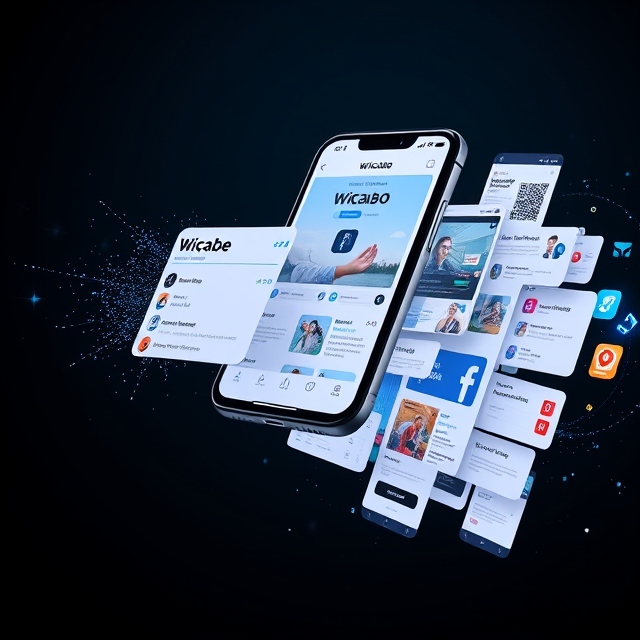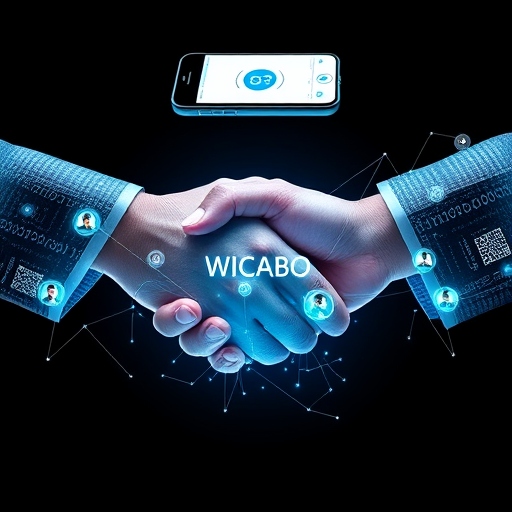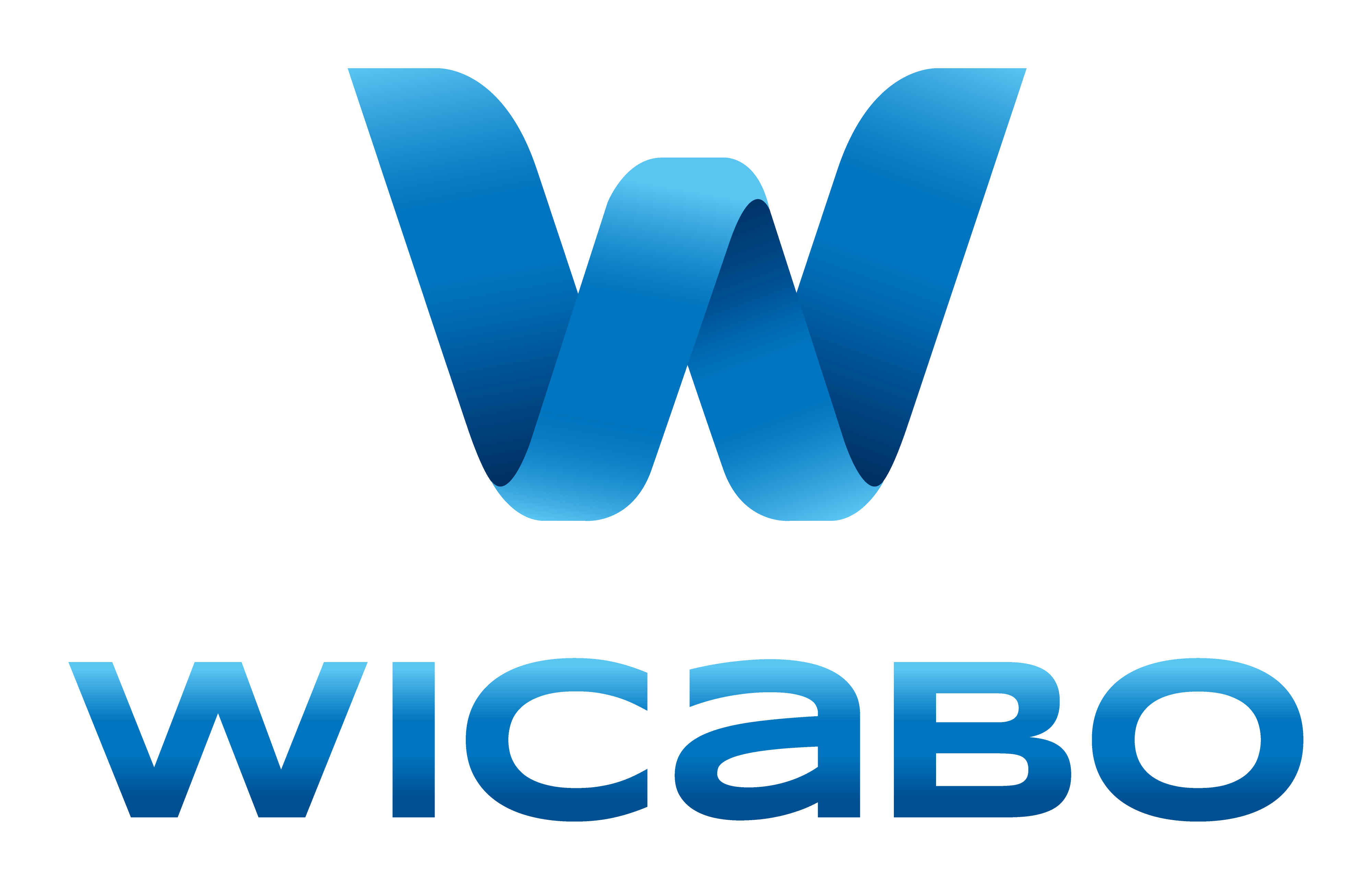Illuminating the Digital Journey
In 1956, Arnold Neustadter revolutionized business networking with a simple invention – the Rolodex. This rotating card file system dominated desks worldwide for decades, becoming synonymous with professional connections. Fast forward to 2024, and we’re witnessing another revolution, this time powered by artificial intelligence.

The journey from paper to pixels hasn’t been straightforward. When LinkedIn launched in 2003, it promised to digitize our professional networks. Within a decade, it achieved something remarkable – by 2013, it had 225 million members. Today, that number exceeds 950 million. Yet despite these impressive figures, a crucial problem emerged: the platform that promised to connect professionals was creating a paradox of disconnection.
Recent studies reveal a startling truth: while 89% of businesses are present on professional networking platforms, only 26% report finding meaningful business connections through them though. The numbers tell a story of quantity overshadowing quality, particularly for small and medium-sized enterprises (SMEs), which make up 99.9% of all UK businesses.

The rise of AI marks the next chapter in this story. In 2023, investment in AI-powered business tools surged to $120 billion globally, with networking and relationship management solutions capturing a significant share. This isn’t just about automating connections – it’s about understanding them. Modern AI algorithms can process thousands of data points to understand business synergies that might take humans years to discover.
Consider this: traditional networking relies on serendipity – being in the right place at the right time. Modern AI-driven networking creates its own serendipity. By analyzing patterns in successful business relationships, AI can predict which connections are most likely to create value. It’s like having a business matchmaker with perfect memory and pattern recognition skills working around the clock.

The impact on local business communities is particularly profound. In the UK alone, SMEs contribute £2.3 trillion to the economy, yet 68% report struggling to build effective business networks. AI is changing this by understanding local business ecosystems at a granular level, identifying complementary services, and facilitating introductions that make sense.
Looking ahead, the future of business networking promises something unprecedented – the perfect blend of technology and human connection. Imagine walking into a room and already knowing which conversations could lead to meaningful partnerships. Picture having a digital identity that truly represents your business’s value, automatically shared with those most likely to benefit from your services.

The most exciting development isn’t just in finding connections – it’s in maintaining them. AI systems are becoming sophisticated enough to understand the strength of business relationships, predict when they might need attention, and suggest ways to keep them healthy. This isn’t replacing human interaction; it’s enhancing it.
By 2025, experts predict that AI-driven networking platforms will facilitate over 60% of new business partnerships. But unlike the connections of today, these will be founded on genuine compatibility and mutual benefit, not just proximity in a digital space.
The story of business networking is coming full circle. The Rolodex succeeded because it organized connections in a way that made sense to humans. Today’s AI-powered solutions are doing the same thing, just at a scale and with an intelligence that Neustadter could never have imagined.
The next chapter in this story is already being written. The question is: will your business be part of it?

Leave a Reply